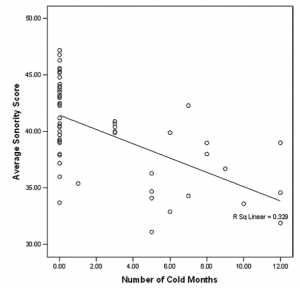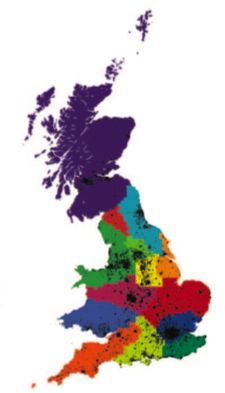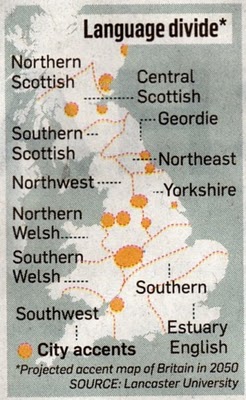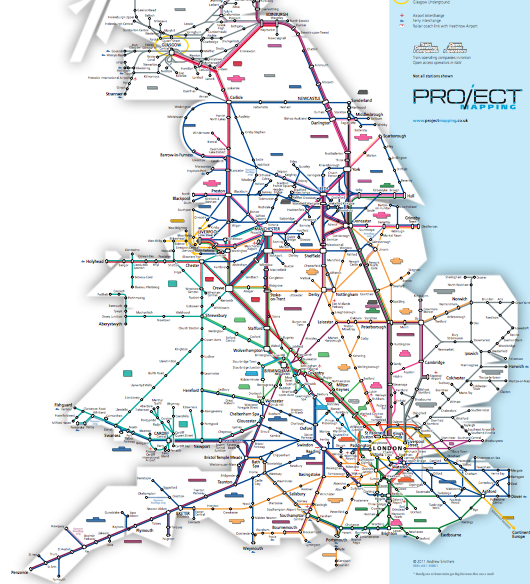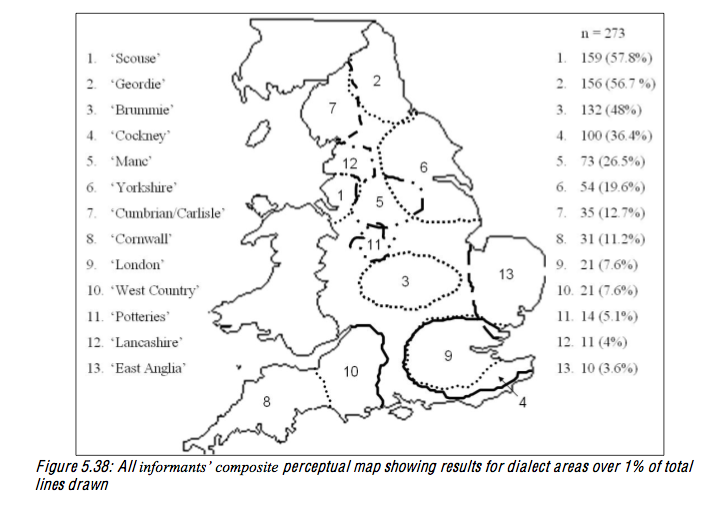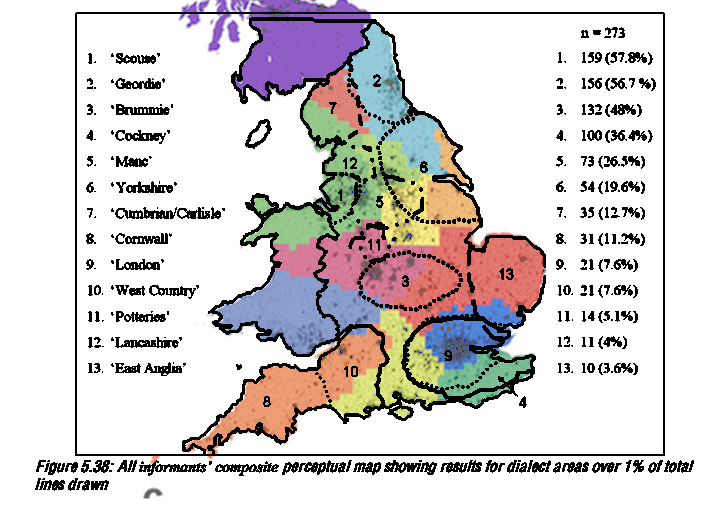Does your social network determine your rational rationality? When trying to co-ordinate with a number of other people on a cultural feature, the locally rational thing to do is to go with the majority. However, in certain situations it might make sense to choose the minority feature. This means that learning multiple features might be rational in some situations, even if there is a pressure against redundancy. I’m interested in whether there are situations in which it is rational to be bilingual and whether bilingualism is stable over long periods of time. Previous models suggest that bilingualism is not stable (e.g. Castello et al. 2007), therefore an irrational strategy (at least not a primary strategy), but these were based on locally rational learners.
This week we had a lecture from Simon DeDeo on system-wide timescales in the behaviour of macaques. He talked about Spin Glasses and rationality, which got me thinking. A Spin Glass is a kind of magnetised material where the ‘spin’ or magnetism (plus or minus) of the molecules does not reach a consensus, but flips about chaotically. This happens when the structure of the material creates ‘frustrated’ triangles where a molecule is trying to co-ordinate with other molecules with opposing spins, making it difficult to resolve the tensions. Long chains of interconnected frustrated triangles can cause system-wide flips on the order of hours or days and are difficult to study both in models (Ising model) and in the real world.


